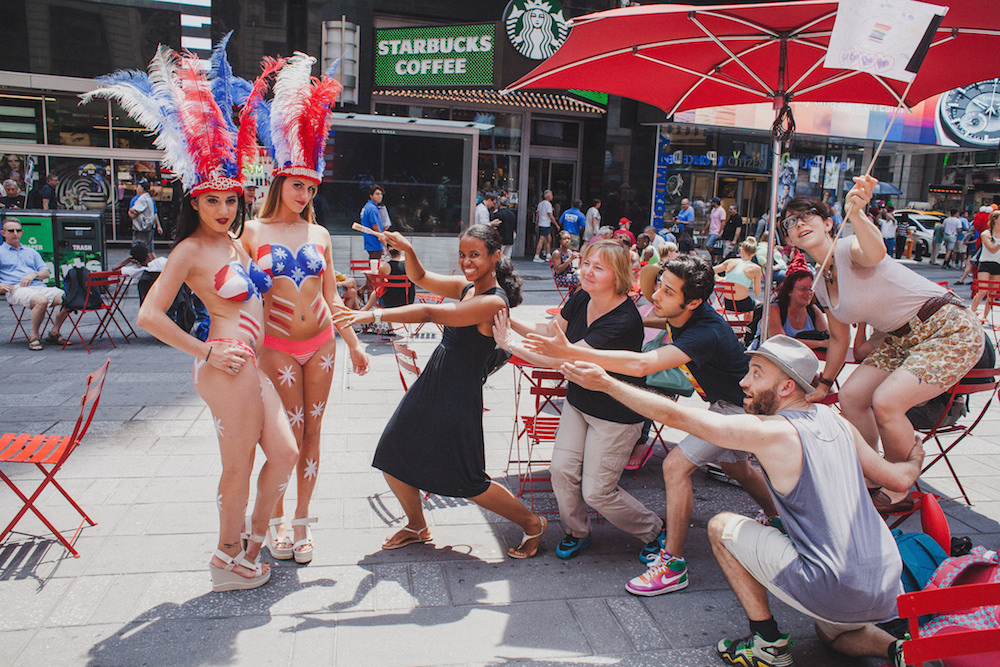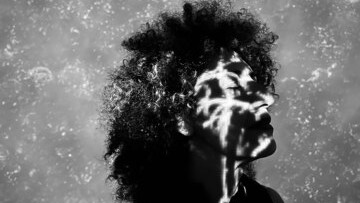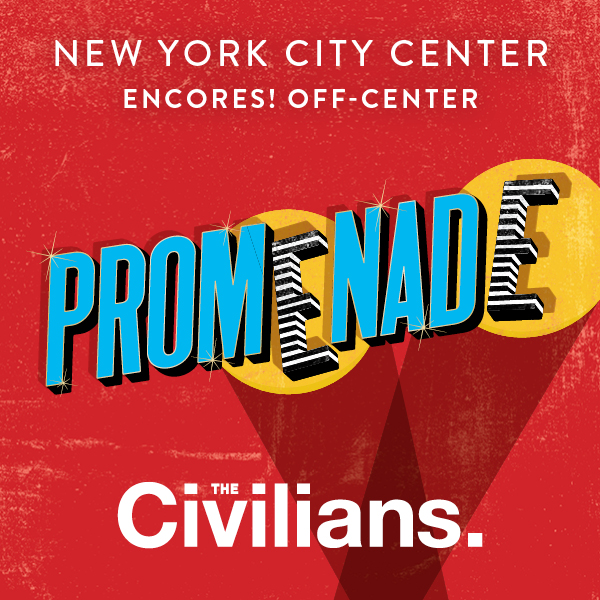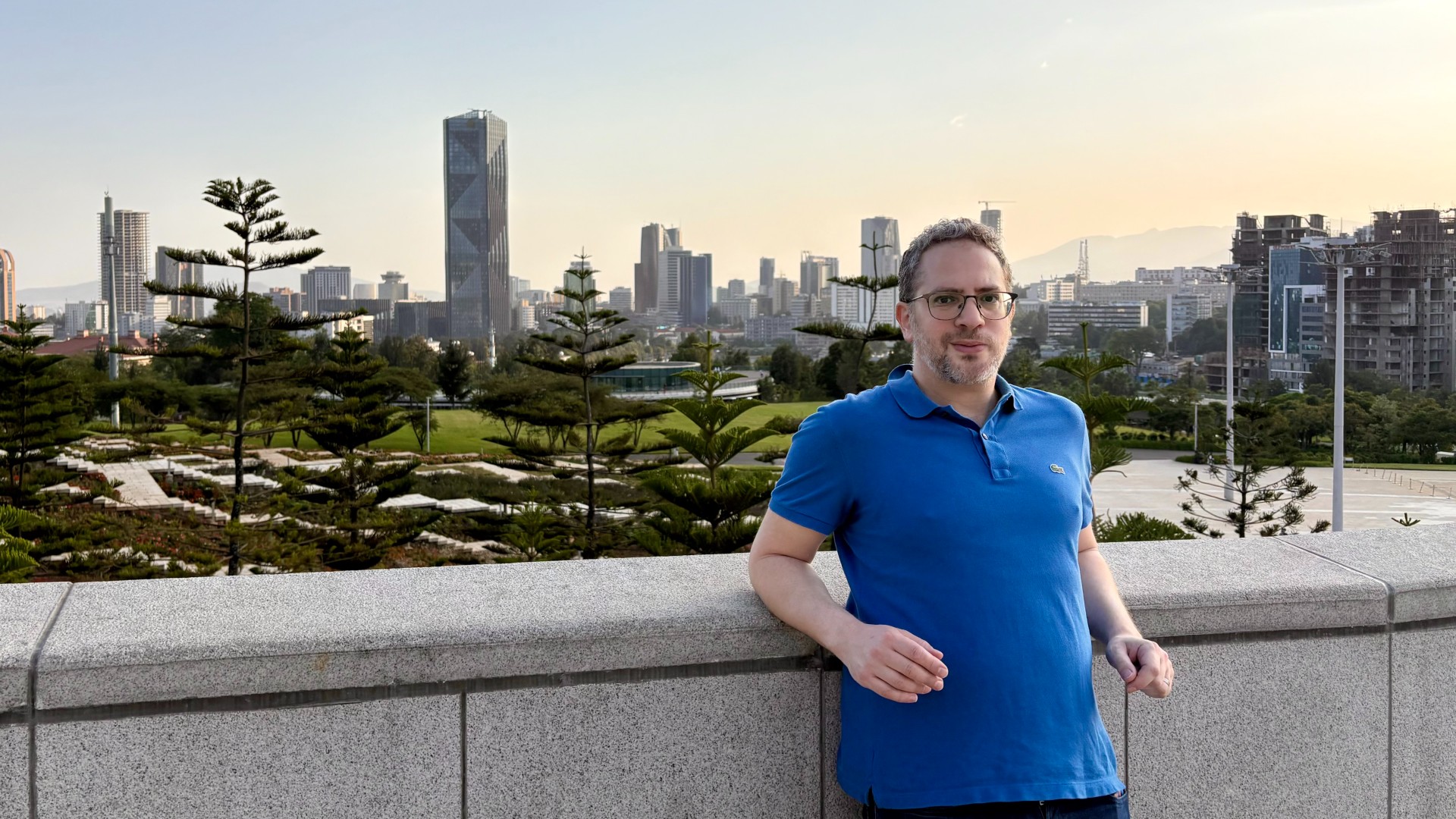Todd Shalom wants to have urgent experiences in exceptional locations, and he wants to share those moments with you.
Originally a poet, Shalom wasn’t engaging in the dialogues he desired, so he began studying sound and acoustic ecology. He stumbled onto the idea of soundwalks — where participants walk along a predetermined route with the intention of listening to the environment — which Vancouver-based acoustic ecologists developed in the late-60s and early-70s. He borrowed the concept to create his own sound-based walk in San Francisco in 2003.
After about five years, Shalom grew tired of creating soundwalks. By that point, he was happily living in Argentina, but he knew he eventually had to return home to New York City. While visiting Peru, Shalom got altitude sickness near Machu Picchu, and he ducked into a café to rest. There, drinking tea with coca leaves to stave off the sickness, he finally contended with the question of what he was going to do when he returned to the states.
In a conversation with Extended Play’s James Carter, Shalom explained that — in that café, while he recovered — he realized he needed to continue creating soundwalks. “I know that people like them,” he said. “And I love to give them. I see the impact that they have on people. It’s not just some narcissistic shit that I need to do for me.”
In order to continue giving the walks, Shalom decided that he needed to expand the form. He wanted to see what other artists could bring to a walk, and so he created an organization that commissions artists to give participatory walks in the fashion he already had established. Thus, Elastic City was born.
Since 2010, Shalom has produced five Elastic City festivals. The organization also has presented walks around the world in places like Tokyo, Detroit and Argentina. The 2015 festival featured work from mother-daughter performance artists Karen Finley and Violet Overn, comic singer Erin Markey, and Shalom and his longtime collaborator Niegel Smith, the newly appointed artistic director of the Flea.
JAMES CARTER: How has Elastic City evolved since the start? How do you choose the artists you work with?
TODD SHALOM: I choose different artists every year. I think a lot of people who are already working in walks aren’t the people who most excite me as a curator, because they already have their way of walking through the city, and often times not so participatory or not rigorously participatory. I’m really more interested in how a photographer can give us their way of seeing the world. Or a painter, how they think about color. Or a sculptor, and how to make objects with what we find. Or a video artist, how do we document our experience? I’m really interested in how other artists who don’t identify typically with the walk form translate their work into the form to give to others very specifically. It’s a very generous act to take a group of people along with you with the intention of doing something together in the public sphere. The thing I ask the artist is: What’s urgent to you? And then also: What can you do with groups that you might not be able to do by yourself? There is a politic there. Some people address it head on in a very overt way, and others are more nuanced.
JAMES: Do you ever get someone who doesn’t want to participate?
TODD: Sometimes. Generally, they want to. It’s a self-selecting group of people. People sign up for this, so they know what they’re getting into, more or less. I work with all the artists to create their descriptions. I’m very careful about what’s given away and what’s not. You don’t want to tell people where the walk is going to end. They don’t need to know that. The description is part of the work, and as a larger concern, marketing is part of the work. Niegel (Smith), who I collaborate with, we always say, “The performance begins when you press send.”
The other thing — we’ve started to play with the “talk” form, and what can a talk be. So we’re playing with the artist talk this year and reconfiguring what an artist talk can be. Artist talks are generally pretty hierarchical, so we want to shake that up a bit.
JAMES: How’s this year’s festival going?
TODD: It’s going really well. The walks are really good. It’s a strong group of artists.
JAMES: What can you tell me about Erin Markey’s “Daddy Warbucks, Please Adopt Me (A.K.A. The Annie Tour!)?”
TODD: It’s incredible. That’s a walk of reveals, and I don’t want to say too much. Seriously. She’s amazing. I love her. Erin’s work takes the personal and mixes the autobiographical and fictional. She’s a comedic singer and provocateur. This walk is very playful.
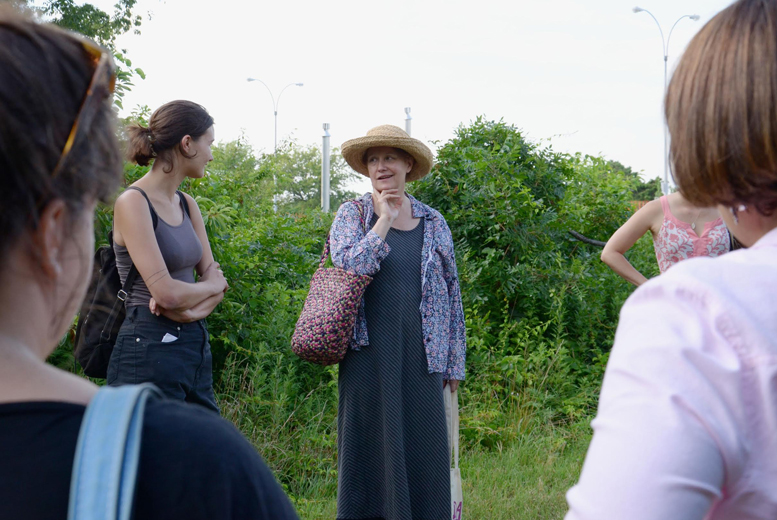
JAMES: How did you and Karen Finley start working together?
TODD: I’d wanted to work with her. My friend Gavin Browning put us in touch. It’s been really wonderful. Karen has a lot to offer on many fronts. Being a performer, she has many different ways of tapping into herself and into others. So her walks specifically take the tone of the place she’s in.
JAMES: What is the walk that you created with your long-time collaborator, Niegel Smith?
TODD: It’s called “Ideally,” and we asked participants to give us a statement that starts with the word “ideally.” We’re going to build a walk from all the statements we’ve gathered. And, ideally, this walk will exceed all your expectations. We were planning a walk, and we’re like, “What’s urgent to us right now? What do we want to create?” And we’re like, “Actually, why don’t we flip that and put it on the participants?” “Ideally” is really interpreting the participants’ prompts in a poetic way to get their quote “ideally statements” and give it back to them. We want to give them their “ideal walk.”
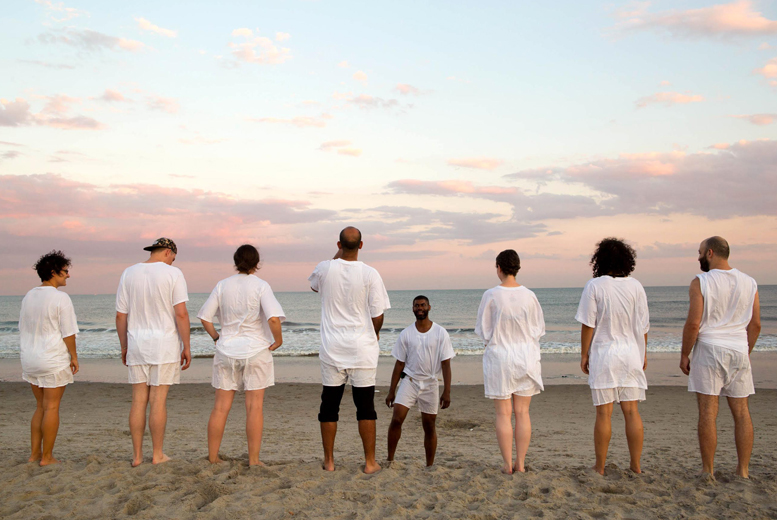
JAMES: How does working in other cities than New York inform the work?
TODD: Working in other cities is always really interesting because, particularly, it’s like, “Are they more open or less open?” For instance, I thought that when I went to Tokyo that they were going to be more resistant to the work. That they might not participate, or that they might look at me weird. But actually the participants were so open. And then in Argentina, where I often make work, the audience was really game. You know, New York is the place where you walk by an abandoned area, and it’s not like you can really go into that area. It’s always padlocked. But other cities, it doesn’t always work that way. In Argentina, it’s not necessarily locked. It’s a place that’s not as restrictive. But in New York, there’s a lot of bureaucracy — police and permits. There’s a lot you can do here, but in terms of access to spaces, it’s really hard to get access. You have to know the right people, or just be unafraid of getting caught. That’s always an interesting thing. And also, we don’t want to put our participants in danger. We do have liability insurance.
JAMES: In a video of the walk “Spread,” there’s a security guard who tries to stop Niegel when he takes off his shirt in a courtyard.
TODD: Well, he apologized. He probably hadn’t come across this before. Actually, we weren’t doing anything against the law. It’s actually legal for women to be topless in the city. And this guy apologized. That was amazing. It’s sad that we were stopped, but it’s great that he took time to acknowledge that he was wrong.
JAMES: But that’s poetic itself.
TODD: Yeah. It’s always wild to me because there’s a lot of synchronicity sometimes. I remember giving a walk in Gowanus. It was a soundwalk. It was one of my late soundwalks. I had people close their eyes at one point, and I’m like, “When you get to the next corner, open your eyes.” And they opened their eyes, and they looked to the left — I didn’t even see it when planning the walk — there was a sign painted in the distance on an abandoned building that said, “OPEN YOUR EYES.” When these things happen by chance, it’s just a testament that, like, “Alright, this walk is meant to be. In some way, we’re tapping into what’s going on here.” There are a lot of these beautiful, unexpected, serendipitous moments.
Author
-

James Carter is a writer and experience designer. He was a founding member of terraNOVA Collective and its associate artistic director for eight years. Recent transmedia plays include "FEEDER: A Love Story" (terraNOVA/HERE, NYC) and "NY_Hearts" (One Muse Presents & The Brick Game Play Festival). James also works as a social impact strategy and research consultant for Lina Srivastava, LLC. He has written for the Creators Project, Culturadar.com, ArtsFwd and Theatre Communications Group.
View all posts


